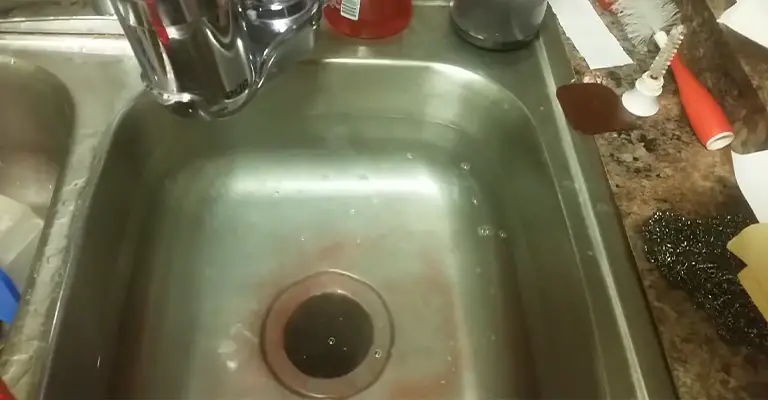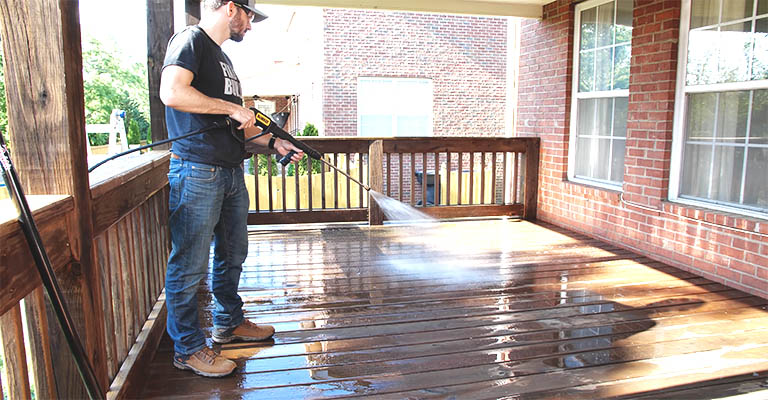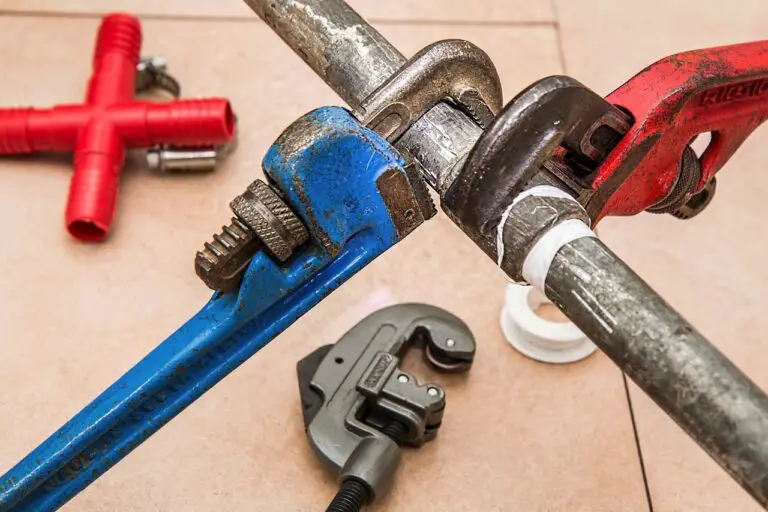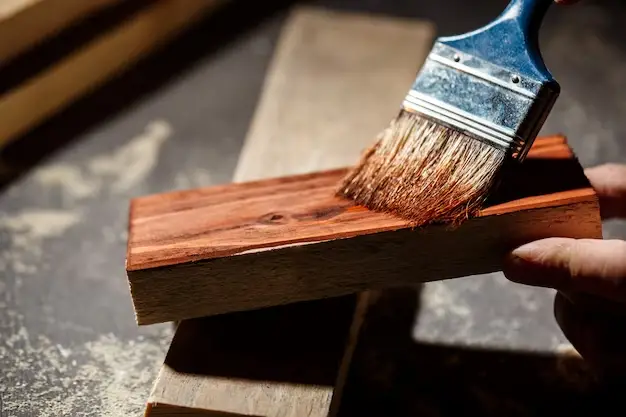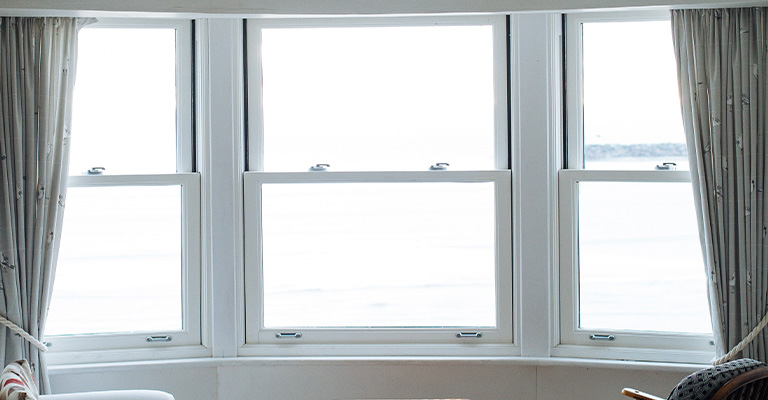Why Does Paint Peel off Aluminum? How to Paint to Prevent so?
Usually, the paint tends to lose its adhesion after a while when applied on any aluminum screen door or siding and galvanized steel gutters. That is why paint normally peels off the aluminum. And most of the time, poor painting preparation or poor painting quality is to blame.
Why Does Paint Peel off Aluminum?
Aluminum with its plenty of useful qualities has now become one of the most versatile metals in today’s market. For its comparatively low price and good availability, aluminum has been replacing many materials and secured its place as a leading material in many industries.
As a result, many of us find it more suitable to use it in our daily life than any other materials. Aluminum can be seen in manufacturing many items like doors, sidings, metal gutters, household and industrial appliances, kitchenware so on. So personalizing it with paint is not so uncommon.
But as a matter of fact, aluminum, like many other metals, does not go well with painting as wood or stone does. After a while paint tends to peel off from aluminum.
Now there can be many reasons behind it. But most of the time, the preparation process and its quality have to do a lot with the paint’s durability. Following are the key reasons behind paint peeling off the aluminum.
1. Surface Pollution
If there is any kind of dirt or contamination on the surface of the aluminum paint, it prevents from acquiring adhesion. As a result, the paint peels off the aluminum. Also, the water-based coatings are damaged by oil contamination and grease as well.
2. Surface Temperature
You have to check the temperature of the surface while applying the coating. Because when it is too hot, the solvent of the paint might be forced off too soon. And that will make the paint peel off.
3. Coating Type
If the coating is not compatible with aluminum, the durability of the paint might not be too long. The mostly oil-based coating is not compatible with aluminum or other galvanized steel or even concrete. Cause when you apply this kind of coating in such material, a chemical reaction takes place and breaks the adhesion bond between the paint coating and metal.
4. Coating Over Another Coating
When a coating is applied over another one, the old coating such as polyurethane, epoxy, or other chemical coatings, might not go well with the new one.
5. Age
The cohesive bond continues to strengthen up over the paint’s lifetime. And at some point, the paint starts to lose adhesion, and therefore the paint peels off.
6. Moisture
When moisture is coming through the substrate when applied to wood or concrete, the paint loses its adhesion. Now, this is not something that takes place with aluminum or other metal usually.
7. Smoothness of The Surface
When the surface is too smooth, it eliminates the formation of any kind of mechanical adhesion between the paint and the surface. To prevent such situations, sanding can be very effective as it will promote adhesion to the coating.
How to Prevent Peeling off Aluminum?
There are some popular steps that you can consider for this particular task. One of the most important can be the preparation process while painting. For that, you have to clean the surface, repair the damaged section, if any, and before re-painting apply primer before applying the final coating.
What Is a Self-Etching Primer for Aluminum?
A self-etching primer is a kind of primer that primes and etches in one single coat. The self-etching primer is designed in such a way that the bare surface of the metal can promote adhesion as well as smoothness of the final coating.
According to our experts, Rust-Oleum Automotive Self Etching Primer can be a good option for etching and priming in one single coat as it promotes smoothness and adhesion of the final coat on aluminum or other material and fiberglass as well.
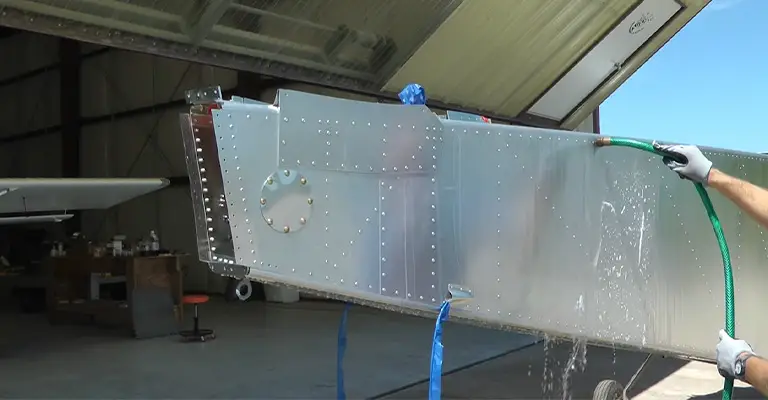
Can You Paint Over an Already Painted Aluminum?
Now as we have discussed before, painting over painted aluminum can cause peeling off, as both coatings might not go too well. So it is wise for you to clean the surface than do the painting. The simple steps for this particular task are mentioned down below.
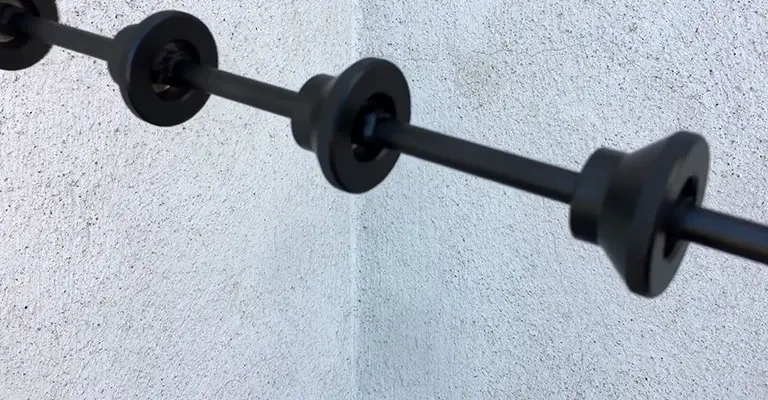
1. Prepare the surface first
For this, clean the aluminum surface and clean the dust, dirt, or other contamination. Repair the damaged section and most importantly remove the old paint. And then let the surface dry.
For the cleaning, you can use scrubs or a power washer. With the power washer, the process will be much easier and quicker. We will recommend renting a power washer if the surface is too big. For example, if you want to clean the aluminum siding of your house, then a power washer is going to be the best choice.
2. Go for sanding
Afterward, sand the metal surface with sandpaper. It will help make the surface rough. And if the surface is rough, it will promote adhesion to the paint when it will be applied to the aluminum surface.
3. Apply a good primer
Now apply a self-etching primer. After that let the surface dry for some moment and sand again.
4. Apply more coats
After applying the primer, apply multiple coats of paint. Sometimes, sanding between the coating might be necessary. But not always, if it requires sanding, you will know.
6. Finish with de-enamel
Finally, for a greater finishing apply an enamel eraser. It will increase the final quality of the painting and the durability as well.
Frequently Asked Questions
Q: How long the painting lasts on aluminum?
Ans: The durability may last from five to ten years. But if you follow the process correctly, do the preparation process cautiously and choose the paint just fine, you might have a longer time with the paint.
Q: Should I replace the aluminum siding instead of painting it?
Ans: Now aluminum siding is still an option. Although vinyl siding is a better option, if you don’t want to replace the siding, painting the siding can be a credible option too.
Q: Do I need to prime aluminum siding before painting?
Ans: If you want the best outcome from the painting of aluminum siding, the key to that is cleaning off the surface. As long as the surface is clean, you do not need a primer if the raw material is not exposed.
Q: Does sunlight affect the aluminum painting?
Ans: If the metal is getting direct sunlight, applying paint to it might not be the best idea. As the metal will absorb direct heat, the adhesion of the paint might not be too durable.
Q: Why does spray paint peel?
Ans: If you paint the surface too thickly, the paint might peel off. Because the outer surface might get dry too fast but not the inner side. As a result, wrinkles forms on that side, and finally cracks form and the paint peels off metal.
Conclusion
Aluminum or any such metals do not go too well in the paint. As a result, when the time comes, the paint might peel off. But if you are not interested in replacing it with other materials, paint can always be a great option for you. You know you can fix the problem of peeling off the paint from the aluminum siding which is not very costly So, why don’t you try it?
Learning to fix peeling paint on aluminum fascia or other similar structures is not just about aesthetic appeal, but also about increasing the durability of your structures. Using a wire brush for proper surface preparation, opting for a paint that promotes adhesion, and ensuring the aluminum is well-treated can significantly extend the life of your paint job. When the correct procedures are applied, such as using an anodic coating or treating the aluminum as you would a galvanized material, you can prevent the common issue of paint peeling off.
Remember, achieving successful paint adhesion on aluminum surfaces is all about understanding the unique properties of the material and treating it accordingly. Therefore, before you get down to work, familiarize yourself with the essential steps of preparation, selection of the right paint, and application. With these strategies in place, you can successfully combat the challenge of peeling paint and provide your aluminum structures with a lasting, appealing finish.
This approach not only ensures the longevity of your structures but also boosts their aesthetic appeal. So, don’t let the intricacies of painting on aluminum intimidate you. With the right tools, knowledge, and patience, you can turn a seemingly complex task into an easy and rewarding DIY project.

